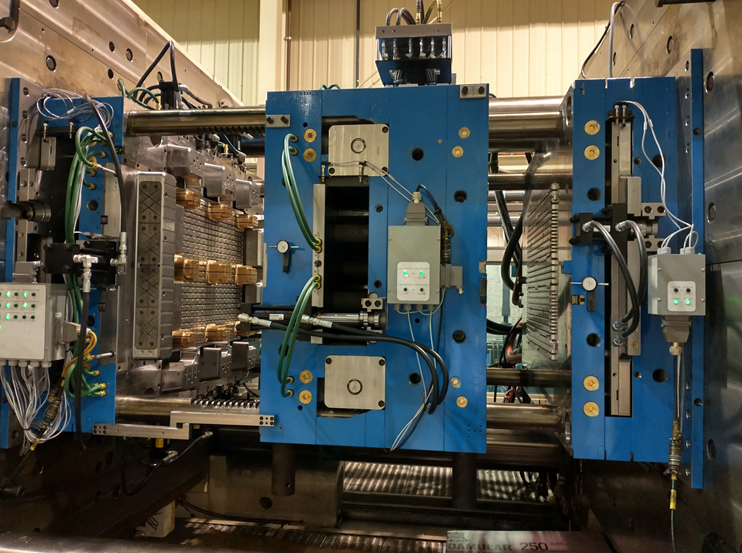Creating a Custom Plastic Injection Mold
Introduction:
Plastic injection molding is a widely-used manufacturing process that involves the creation of custom plastic parts. The process uses a machine to melt plastic pellets and inject the molten plastic into a mold. Once the plastic cools and solidifies, the mold is opened, and the part is ejected. Creating a custom plastic injection mold is an important part of the process, as it determines the shape, size, and features of the final product. In this article, we will discuss the steps involved in creating a custom plastic injection mold.
Step 1: Design the Part
The first step in creating a custom plastic injection mold is to design the part. This involves creating a 3D model of the part using computer-aided design (CAD) software. The design should include all the necessary features and dimensions required for the final product. It is important to consider the material properties of the plastic and the intended use of the part to ensure that the design is suitable.
Step 2: Create the Mold
Once the part design is complete, the next step is to create the mold. The mold is typically made from steel or aluminum and consists of two halves, the cavity and the core. The cavity is the part of the mold that creates the exterior surface of the part, while the core creates the interior features. The mold is created using a combination of CNC machining, electrical discharge machining (EDM), and/or wire-cutting.
Step 3: Test the Mold
Before the mold is used for production, it must be tested to ensure that it produces parts of the desired quality. This involves injecting plastic into the mold and evaluating the resulting part for defects or imperfections. If necessary, adjustments are made to the mold to improve its performance.

Step 4: Production
Once the mold is tested and approved, it is ready for production. The mold is mounted onto an injection molding machine, which controls the temperature, pressure, and speed of the injection process. Plastic pellets are melted and injected into the mold, where they cool and solidify to create the final part. The mold is opened, and the part is ejected for further processing, such as trimming or assembly.
Step 5: Maintenance
To ensure that the mold continues to perform well over time, regular maintenance is required. This includes cleaning, lubrication, and inspection for wear and damage. If necessary, repairs or replacements may be needed to keep the mold functioning properly.
Conclusion:
Creating a custom plastic injection mold is a complex process that requires careful attention to detail and expertise in mold design and production. By following the steps outlined above, manufacturers can create high-quality plastic parts that meet the needs of their customers. With proper maintenance and care, the mold can be used for many years, providing a reliable and cost-effective solution for plastic part production.
Előző:Large Plastic Molds: Creating Durable and Reliable Plastic Products
Következő: Háztartási gépek öntőalkatrészei
-
Large Molding Parts: Precision, Quality, and Efficiency
2023-7-2
In today's world of manufacturing, large molding parts play a crucial role in the production of various industries. Thes...
Részletek megtekintése -
Designing a High-Quality Plastic Beer Crate Mold for Optimum Manufacturing Efficiency
2023-6-19
Plastic beer crates are an essential item in the beverage industry. They are used to transport and store beer bottles, e...
Részletek megtekintése -
Introduction to Insert Mold: A Comprehensive Guide
2023-11-19
Insert molding is a highly versatile and efficient manufacturing process that combines multiple components into a single...
Részletek megtekintése -
How do metal insert molds play a role in manufacturing?
2024-11-26
Metal insert molds play an important role in the manufacturing industry. They not only improve the production efficiency...
Részletek megtekintése -
Creating Precision Automotive Molds for Improved Manufacturing Efficiency
2023-4-16
Creating Precision Automotive Molds for Improved Manufacturing Efficiency The automotive industry is constantly evolving...
Részletek megtekintése -
China Creating an Injection Chair Mould: Expertise in English
2023-8-17
Designing and manufacturing an injection chair mould requires expertise in various aspects of engineering and craftsmans...
Részletek megtekintése







